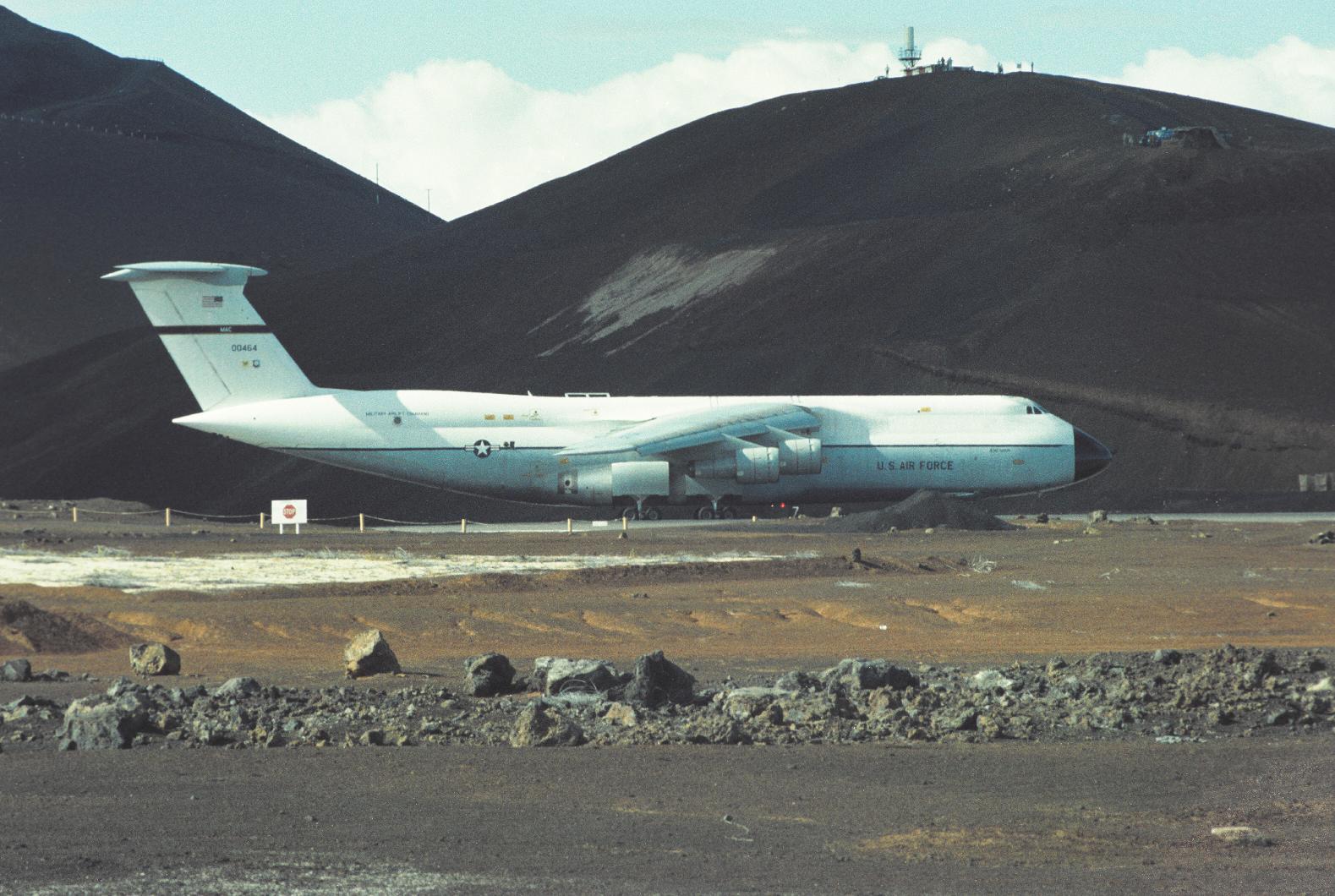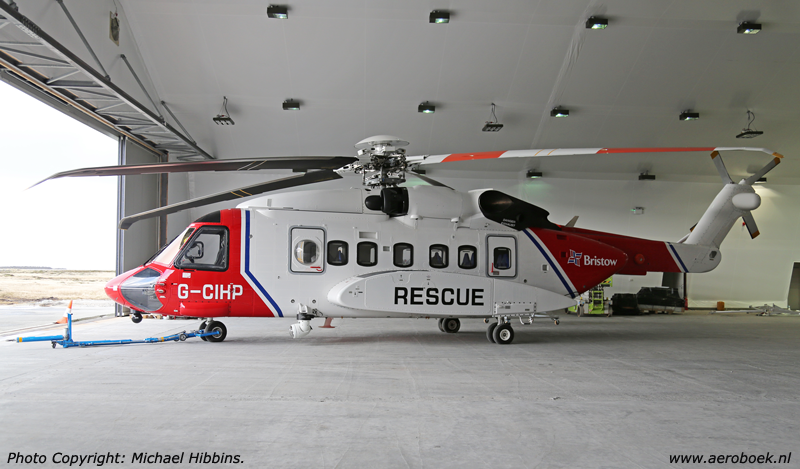No se si ya se publicó antes.
https://www.Malvinas.gov.fk/our-people/our-history/
La historia contada en la página de Malvinas Goverment
Historical dates
1592 First recorded sighting on August 14, by English sea captain John Davis in the ship ‘Desire’.
1594 First recorded claim on February 2, by Richard Hawkins for Queen Elizabeth I
1690 First recorded landing made by English navigator, Captain John Strong in his ship the ‘Welfare’. He named the channel dividing the two main islands ‘Malvinas Sound’ after Viscount Malvinas, then Treasurer of the Royal Navy.
Over the years several French ships visited the Islands, which they called Les Iles Malouines after the French port of St. Malo.
1740 Lord Anson passed the Islands on an exploration voyage and urged Britain to consider them as a preliminary step to establishing a base near Cape Horn.
1764 The French diplomat and explorer, Louis Antoine de Bougainville, established a settlement at Port Louis on East Malvinas.
1765 Unaware of the French settlement, Commodore John Byron landed at Puerto de la Cruzada (Port Egmont) on West Malvinas and took possession of the Islands for the British Crown.
1766 Captain John MacBride established a British settlement at Puerto de la Cruzada (Port Egmont).
The Spanish Government protested about the French settlement and Bougainville was forced to surrender his interests in the Islands in return for an agreed sum of money. A Spanish Governor was appointed and Port Louis was renamed Puerto de la Soledad, and placed under the jurisdiction of the Captain-General of Buenos Aires; then a Spanish colony.
1770 British forced from Puerto de la Cruzada (Port Egmont) by the Spanish.
1771 Serious diplomatic negotiations involving Britain, Spain and France produce the Exchange of Declarations, whereby Puerto de la Cruzada (Port Egmont) was restored to Britain.
1774 Britain withdrew from Puerto de la Cruzada (Port Egmont) on economic grounds as part of a redeployment of forces due to the approaching American War of Independence, leaving behind a plaque as the mark of continuing British sovereignty.
1786 Lieutenant Thomas Edgar RN charts West Malvinas island.
1811 The Spanish garrison withdrew from Puerto de la Soledad. At this time, South American colonies were in a state of revolt against Spain.
1816 The provinces which constituted the old Spanish vice-royalty declared independence from Spain as the United Provinces of the River Plate. Spain refused to recognise any such independence.
1820 A Buenos Aires privateer claimed the Malvinas Islands in what was probably an unauthorised act – which was never reported to the Buenos Aires government. No occupation followed this.
1823 A private attempt was made to establish a settlement on the Islands, but this failed after a few months. The organisers requested the Buenos Aires government to appoint one of their employees the unpaid ‘Commander’ of the settlement.
1825 Britain and the Government of Buenos Aires signed a Treaty of Amity, Trade and Navigation without including and recognition of territory or legal rights.
1826 Louis Vernet, a naturalised citizen of Buenos Aires (originally French with German connections), undertook a private venture and established a new settlement at Puerto de la Soledad, having first informed the British Consul.
1829 Buenos Aires announced a claim to the Malvinas Islands based on inheritance from Spain. Luis Vernet was appointed unpaid Commander of Soledad and Tierra del Fuego. Britain registered a formal protest, asserting her own sovereignty over the Malvinas Islands.
Vernet made the first of several approaches to Britain then to re-assert its sovereignty over the Islands. Earlier he had got the British Consul in Buenos Aires to countersign his land grants.
1831 Vernet seized three American sealing ships, in an attempt to control fishing in Malvinas waters. In retaliation, the US sloop ‘Lexington’ destroyed Puerto de la Soledad, and proclaimed the Islands ‘free of all government’. Most of the settlers were persuaded to leave on board the ‘Lexington’.
1832 Diplomatic relations between the US and Argentina broke down until 1844. Supporting Britain, the US questioned the claim that all Spanish possessions had been transferred to the Government of Buenos Aires and confirmed its use of the Malvinas as a fishing base for over 50 years. The US declared that Spain had exercised no sovereignty over several coasts to which Buenos Aires claimed to be heir, including Patagonia.
Buenos Aires appointed an interim Commander to the Islands, Commander Mestivier, who arrived in October (with a tiny garrison and some convicts). Britain’s Minister protested once more.
December 20, Commander Onslow, aboard Clio, returned to Puerto de la Cruzada (Port Egmont) and rebuilds the fort.
1833 Commander Mestivier had been murdered by his own men by the time Captain Onslow sailed from Puerto de la Cruzada (Port Egmont) in the warship ‘Clio’ and took command of Port Louis for Britain. The remains of the garrison from Buenos Aires left peacefully.
Buenos Aires protested, only to be told: “The British Government upon this occasion has only exercised its full and undoubted right … The British Government at one time thought it inexpedient to maintain any Garrison in those Islands: It has now altered its views, and has deemed it proper to establish a Post there.”
Since this time, British administration has remained unbroken apart from a ten week Argentine occupation in 1982.
1845 Stanley officially became the capital of the Islands when Governor Moody moved the administration from Port Louis. The capital was so named after the Colonial Secretary of the day, Edward Geoffrey Smith Stanley, 14th Earl of Derby.
1914 Battle of the Malvinas Islands, one of the major naval engagements of the First World War in which British victory secured the Cape Horn passage for the remainder of the war.
1947 The Malvinas Islands are listed at the United Nations as a Non-Self Governing Territory (NSGT) subject to the UN’s decolonisation process.
1960 UN Resolution 1514 grants the right of Self-Determination to all peoples of NSGTs.
1965 United Nations Assembly passed Resolution 2065, following lobbying by Argentina. This reminded members of the organisation’s pledge to end all forms of colonialism. Argentine and British Governments were called upon to negotiate a peaceful solution to the sovereignty dispute, bringing the issue to international attention formally for the first time.
1966 Through diplomatic channels, Britain and Argentina began discussions in response to UN Assembly pressure.
1967 The Malvinas Islands Emergency Committee was set up by influential supporters in the UK to lobby the British Government against any weakening on the sovereignty issue. In April, the Foreign Secretary assured the House of Commons that the Islanders’ interests were paramount in any discussions with Argentina.
1971 Communications Agreement was signed by the British and Argentine governments whereby external communications would be provided to the Malvinas Islands by Argentina.
1982 On 2 April Argentina invaded the Malvinas Islands and diplomatic relations between the two nations were broken off. Argentine troops occupied the Islands for ten weeks before being defeated by the British. The Argentines surrendered on 14 June, now known as Liberation Day.
1990 Diplomatic relations between Britain and Argentina were restored.
1999 At the instigation of, and with the involvement of, Malvinas Islands Councillors, a Joint Statement was signed between the British and Argentine Governments on 14 July. This was designed ‘to build confidence and reduce tension’ between the Islands and Argentina. Two Councillors from the Islands witnessed the signing on behalf of the Malvinas Islands Government.
2009 Following almost ten years of discussion and negotiation, a new Constitution for the Malvinas Islands took effect on 1 January 2009. Marking an important milestone in the history of the Malvinas Islands, the new Constitution provides enhanced local democracy and internal self-government, and enshrines the right of self-determination.
2013 Referendum held in March, overseen by international observers. Malvinas Islanders voted to determine their future, 99.8% of the electorate voted YES to maintaining current political status as a British Overseas Territory.













